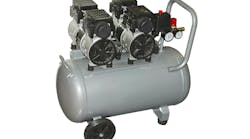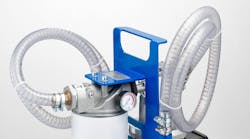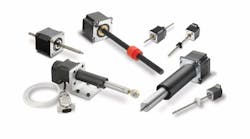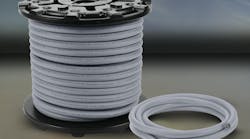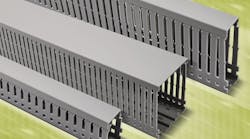To a machine designer, “stay safe” is not just a cheerful slogan or wishful thinking. Operator safety is a central design issue. The international standard, ISO 12100:2010 Safety of machinery – General principles for design – Risk assessment and risk reduction, gives designers a framework and guidance for designing machines that are safe for their intended use.
To start, a designer must assess the risks posed by the machine or parts of the machine. When risks are discovered, there is a three-step method of risk reduction. The first step is inherently safe design—design out the risk so that the machine can’t do anything to cause an injury.
However, in many applications, this is not always possible. Take, for example, equipment like presses, conveyors, or assembly lines where operators must interact with moving parts. Reducing risk of injury in these situations requires step two—building in complementary forms of protection. These could be physical barriers like guards or functional safety systems such as electrical or pneumatic safety circuits that detect a hazard and initiate a protective action.
The third step is to add passive safety measures, including warning signs or lights to reduce any residual risk left after taking the first two steps.
Designing Safe
The machine designer is ultimately responsible for analyzing the design for risks and incorporating functional safety where necessary. In most cases, functional safety consists of three parts: a sensor such as a light curtain or pressure switch to detect a hazard; a programmable logic safety controller (PLC) or safety relay; and an electrical, hydraulic, or pneumatic output to initiate the safety function.


